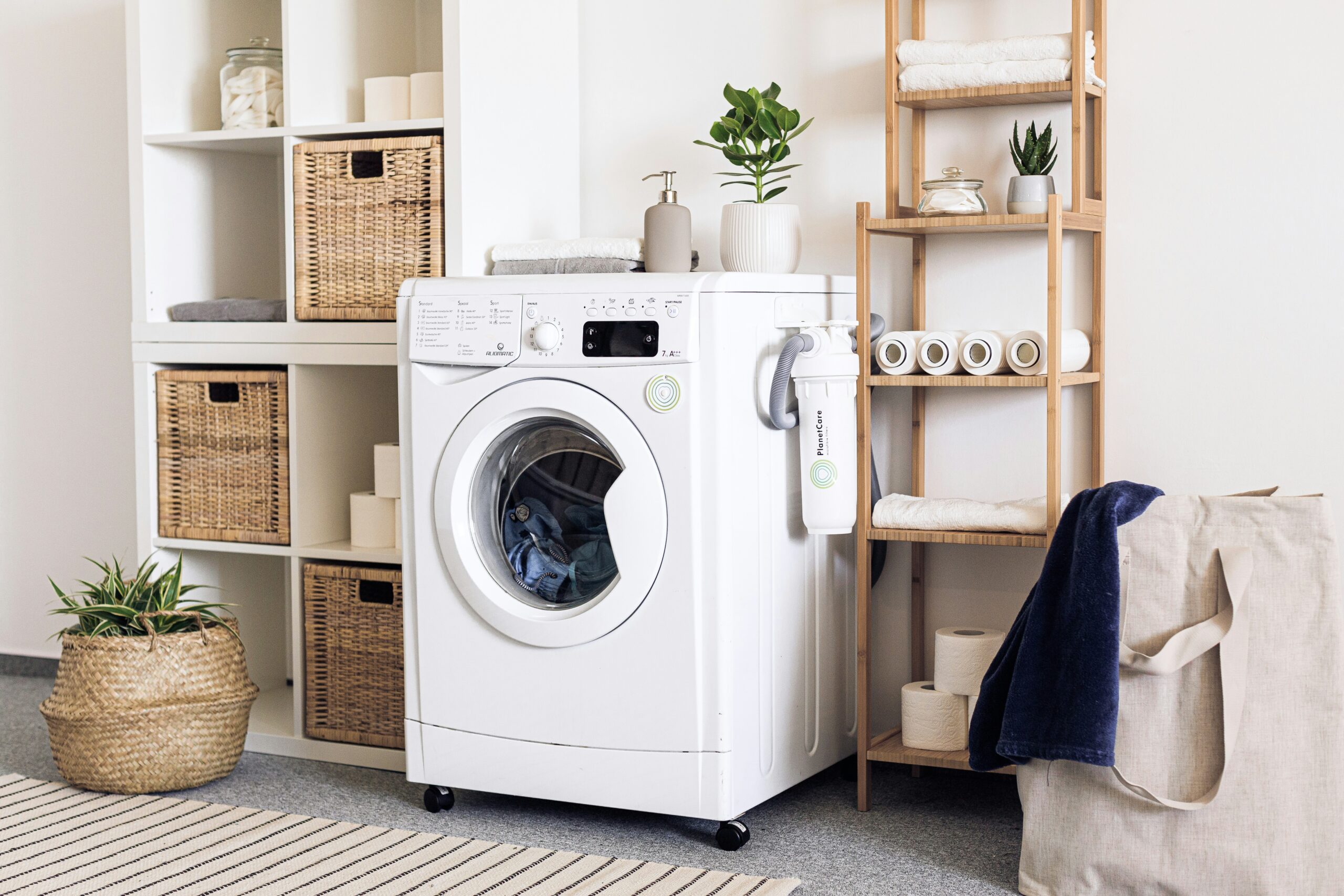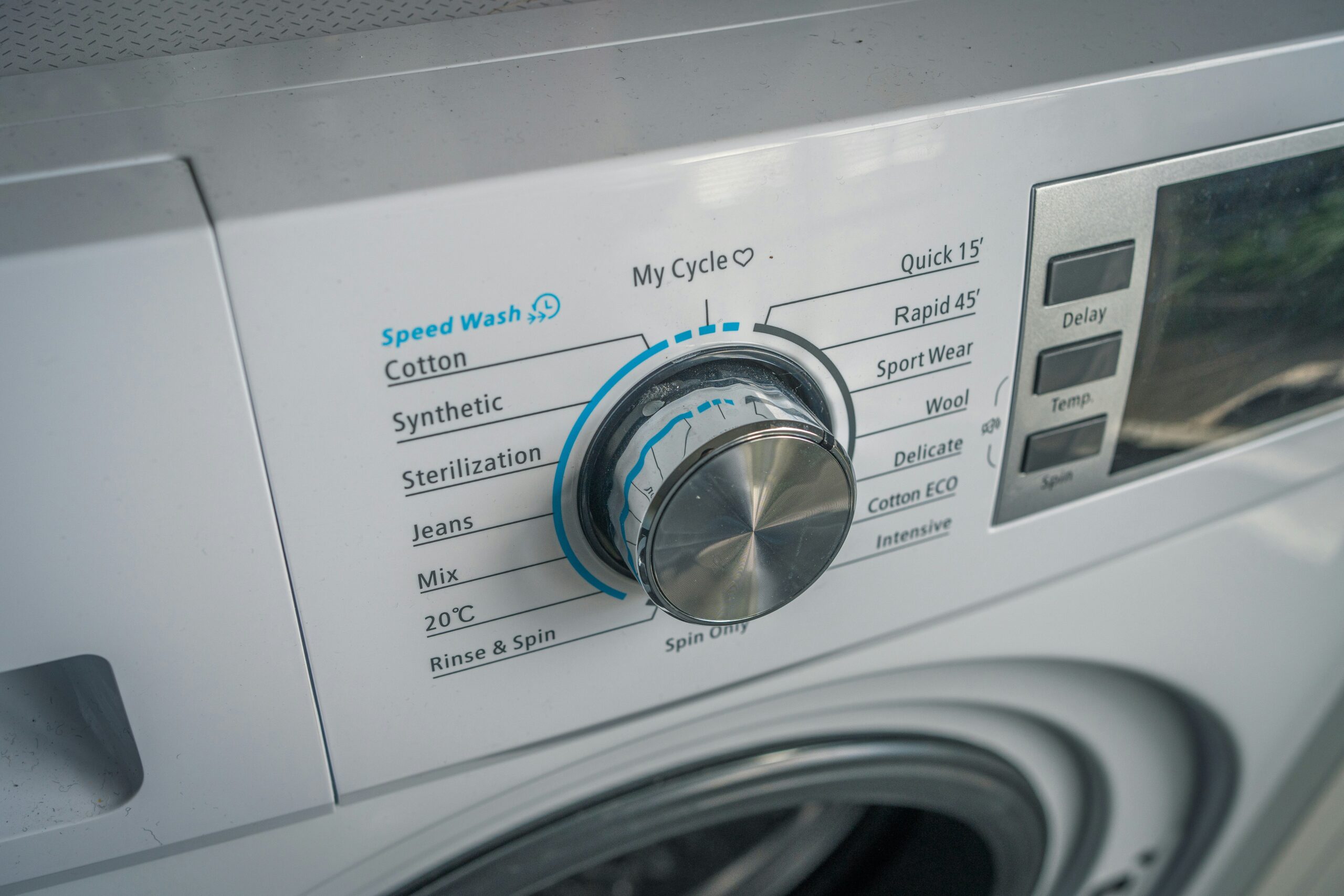A dishwasher is a lifesaver in any modern kitchen, but when it starts acting up, it can throw a wrench into your daily routine. One of the most common culprits behind dishwasher woes is a faulty pump. Whether it’s a drain pump failing to clear water or a circulation pump struggling to spray water effectively, diagnosing and fixing the issue can save you from costly repairs or a premature replacement. We’ll walk you through the process of identifying a faulty dishwasher pump, troubleshooting the problem, and fixing or replacing it yourself. With the right tools, a bit of patience, and this step-by-step guide from Tech Angels, you’ll have your dishwasher back in top shape in no time.
Understanding the Dishwasher Pump
Before diving into diagnostics, it’s essential to understand the role of the dishwasher pump. Most dishwashers have two types of pumps:
- Drain Pump: Located at the bottom of the dishwasher, this pump removes dirty water from the tub and pushes it through the drain hose to the sink or garbage disposal.
- Circulation Pump: Also known as the wash pump, it circulates water through the spray arms to clean dishes during the wash cycle.
Both pumps rely on an impeller—a small rotating blade—that moves water. Mechanical issues (like blockages or broken impellers) or electrical faults (like motor failure or wiring issues) can cause these pumps to malfunction. Knowing which pump is at fault is the first step in diagnosing the problem.
For a deeper dive into how dishwashers function, check out our guide on Understanding Your Dishwasher’s Components.
Related: Why Proper Training and Technician Tools Are Crucial for Appliance Repairs
Symptoms of a Faulty Dishwasher Pump
A faulty pump can manifest in several ways. Here are the most common signs to watch for:
- Standing Water: If water pools at the bottom of the dishwasher after a cycle, the drain pump may be clogged, damaged, or not receiving power.
- Poor Cleaning Performance: If dishes come out dirty, the circulation pump might not be spraying water effectively due to a blockage or motor failure.
- Unusual Noises: Grinding, humming, or squealing noises during the wash or drain cycle often indicate a jammed impeller or worn-out bearings.
- Leaks: A faulty pump seal or cracked pump housing can cause water to leak onto the floor.
- Error Codes: Many modern dishwashers display error codes related to pump issues. Check your owner’s manual for specific codes.
If you’re noticing leaks, our article on Fixing a Leaky Dishwasher can help you pinpoint the source.
Tools and Materials Needed
To diagnose and fix a dishwasher pump, gather the following:
- Multimeter: For testing electrical continuity and voltage.
- Screwdrivers: Phillips and flathead for removing panels and components.
- Pliers: For disconnecting hoses and wires.
- Wrench: Adjustable or socket wrench for securing bolts.
- Replacement Pump: Ensure it matches your dishwasher’s make and model.
- Towels and Bucket: To manage water spillage.
- Flashlight: For better visibility in tight spaces.
- Cleaning Supplies: Brush, vinegar, and baking soda for clearing clogs.
For tips on maintaining your tools, see our post on Essential Tools for Appliance Repair.
Safety First
Before starting, prioritize safety:
- Unplug the Dishwasher: Disconnect it from the power source to avoid electrical shock.
- Turn Off the Water Supply: Shut off the water valve to prevent leaks.
- Prepare Your Workspace: Lay down towels and have a bucket ready for any water that spills.
Step-by-Step Guide to Diagnosing a Faulty Dishwasher Pump
Step 1: Rule Out Simple Issues
Before assuming the pump is faulty, check for common issues that mimic pump failure:
- Clogged Filters: Remove and clean the filter at the bottom of the dishwasher. Food debris can block water flow, mimicking a pump issue.
- Blocked Drain Hose: Disconnect the drain hose and run water through it to check for clogs. Flex the hose to dislodge any debris.
- Garbage Disposal Blockage: If your dishwasher drains through a garbage disposal, ensure the disposal is clear. A blocked disposal can prevent proper drainage.
For more on clearing blockages, read our guide on How to Unclog Your Dishwasher.
Step 2: Listen for Pump Operation
Run a short cycle and listen for the pump:
- Drain Pump: About 5–10 seconds into the cycle, the drain pump should make a low humming sound as it removes water. Silence or a grinding noise suggests a problem.
- Circulation Pump: During the wash cycle, you should hear a “whooshing” sound as water is sprayed. A lack of this sound or a humming noise indicates a circulation pump issue.
Related: Why an Error Codes List Is Crucial for Maintenance?
Step 3: Inspect the Pump Visually
To access the pump, you’ll need to partially disassemble the dishwasher:
- Remove the Lower Access Panel: Unscrew the panel at the bottom of the dishwasher.
- Locate the Pump: The drain pump is typically a small cylindrical component connected to the drain Hose. The circulation pump is larger and connected to the spray arm system.
- Check for Debris: Look for food particles, glass, or other objects blocking the impeller. Use a flashlight to inspect hard-to-reach areas.
- Examine for Damage: Check the pump housing for cracks, leaks, or wear. Inspect the impeller for broken blades.
If you’re unsure about disassembly, our article on Safely Disassembling Your Dishwasher offers detailed guidance.
Step 4: Test the Pump Electrically
A multimeter is your best friend for diagnosing electrical issues:
- Test for Continuity:
- Set the multimeter to the resistance (ohms) setting.
- Disconnect the pump’s electrical connectors.
- Touch the multimeter probes to the pump’s terminals. A working drain pump should read around 200 ohms, while a circulation pump may read between 2,000–5,000 ohms, depending on the model.
- No reading or an infinite reading indicates a dead motor, requiring replacement.
- Check for Power:
- Set the multimeter to voltage (AC).
- Reconnect the pump and run a cycle. Test the wires leading to the pump for 120V (or the voltage specified in your manual).
- If no voltage is detected, the issue may lie with the control board or wiring, not the pump.
For more on using a multimeter, check out How to Use a Multimeter for Appliance Repairs.
Step 5: Check the Capacitor (Circulation Pump)
If the circulation pump hums but doesn’t run, the capacitor may be faulty:
- Locate the Capacitor: It’s typically attached to the motor, with two terminals.
- Inspect for Damage: Look for burns, bulges, or leaks.
- Test with a Multimeter: Discharge the capacitor safely, then test for continuity. A faulty capacitor will show no reading or an inconsistent one.
Replacing a capacitor is often cheaper than replacing the entire pump. Learn more about capacitors in our guide on Troubleshooting Dishwasher Motors.
Related: Why Your Dryer Is Making Grinding Noise: A Breakdown
Fixing a Faulty Dishwasher Pump
Once you’ve diagnosed the issue, here’s how to fix it:
Option 1: Clear Blockages
If the pump is blocked:
- Remove the Pump: Disconnect hoses and wires, then unscrew or unclip the pump.
- Clean the Impeller: Use a brush to remove debris. For stubborn clogs, soak the pump in a vinegar solution for 20 minutes.
- Reassemble and Test: Reconnect the pump and run a cycle to check drainage or water circulation.
Option 2: Replace the Impeller
If the impeller is broken:
- Access the Impeller: Some pumps allow you to remove the impeller without replacing the entire unit.
- Order a Replacement: Source an impeller specific to your dishwasher model.
- Install the New Impeller: Secure it according to the manufacturer’s instructions.
- Test the Dishwasher: Run a cycle to ensure proper operation.
Option 3: Replace the Pump
If the pump motor is dead or the housing is damaged:
- Purchase a Replacement Pump: Ensure it’s compatible with your dishwasher’s make and model. Prices range from $30–$220, depending on the brand.
- Remove the Old Pump:
- Disconnect the power and water supply.
- Remove the lower access panel and locate the pump.
- Disconnect hoses, wires, and mounting screws.
- Carefully remove the pump, noting its orientation.
- Install the New Pump:
- Align the new pump in the same position.
- Reconnect hoses and wires, ensuring tight seals.
- Secure the pump with screws or clips.
- Test the Dishwasher:
- Restore power and water supply.
- Run a short cycle to check for leaks and proper operation.
For help choosing replacement parts, see our guide on Selecting the Right Dishwasher Parts.
Option 4: Address Electrical Issues
If the pump tests fine but isn’t receiving power:
- Inspect Wiring: Look for loose, frayed, or corroded wires. Repair or replace as needed.
- Check the Control Board: A faulty control board may not send power to the pump. Testing the board requires advanced skills, so consider consulting a professional.
- Verify the Timer: On older models, a defective timer may prevent the pump from activating. Test the timer’s contacts with a multimeter and replace if necessary.
When to Call a Professional
While many pump issues are DIY-friendly, some situations warrant professional help:
- Complex Electrical Issues: If the control board or wiring is faulty, a technician can diagnose and repair it safely.
- Warranty Concerns: If your dishwasher is under warranty, DIY repairs may void it. Contact the manufacturer or a certified repair service.
- Persistent Problems: If the pump replacement doesn’t resolve the issue, there may be underlying problems, such as a clogged sump or faulty sensors.
For guidance on when to seek help, read When to Call a Professional for Appliance Repairs.
Preventing Future Pump Issues
To keep your dishwasher pump in top condition:
- Clean Regularly: Remove and clean filters monthly to prevent debris buildup.
- Use the Right Detergent: Avoid soap buildup by using high-quality dishwasher detergent.
- Run Hot Water: Before starting a cycle, run hot water in the sink to ensure the dishwasher fills with warm water, reducing strain on the pump.
- Inspect Hoses: Check drain and inlet hoses for kinks or clogs periodically.
For more maintenance tips, visit How to Maintain Your Dishwasher for Longevity.
Conclusion
Diagnosing and fixing a faulty dishwasher pump is a manageable task with the right knowledge and tools. By systematically checking for blockages, testing electrical components, and replacing damaged parts, you can restore your dishwasher’s performance and avoid expensive repairs. At Tech Angels, we’re committed to empowering homeowners with practical, step-by-step guides to tackle appliance issues confidently. If you encounter challenges or need further assistance, don’t hesitate to consult our other resources or reach out to a professional.
With proper care and timely repairs, your dishwasher can continue to make kitchen cleanup a breeze for years to come. Happy repairing!





